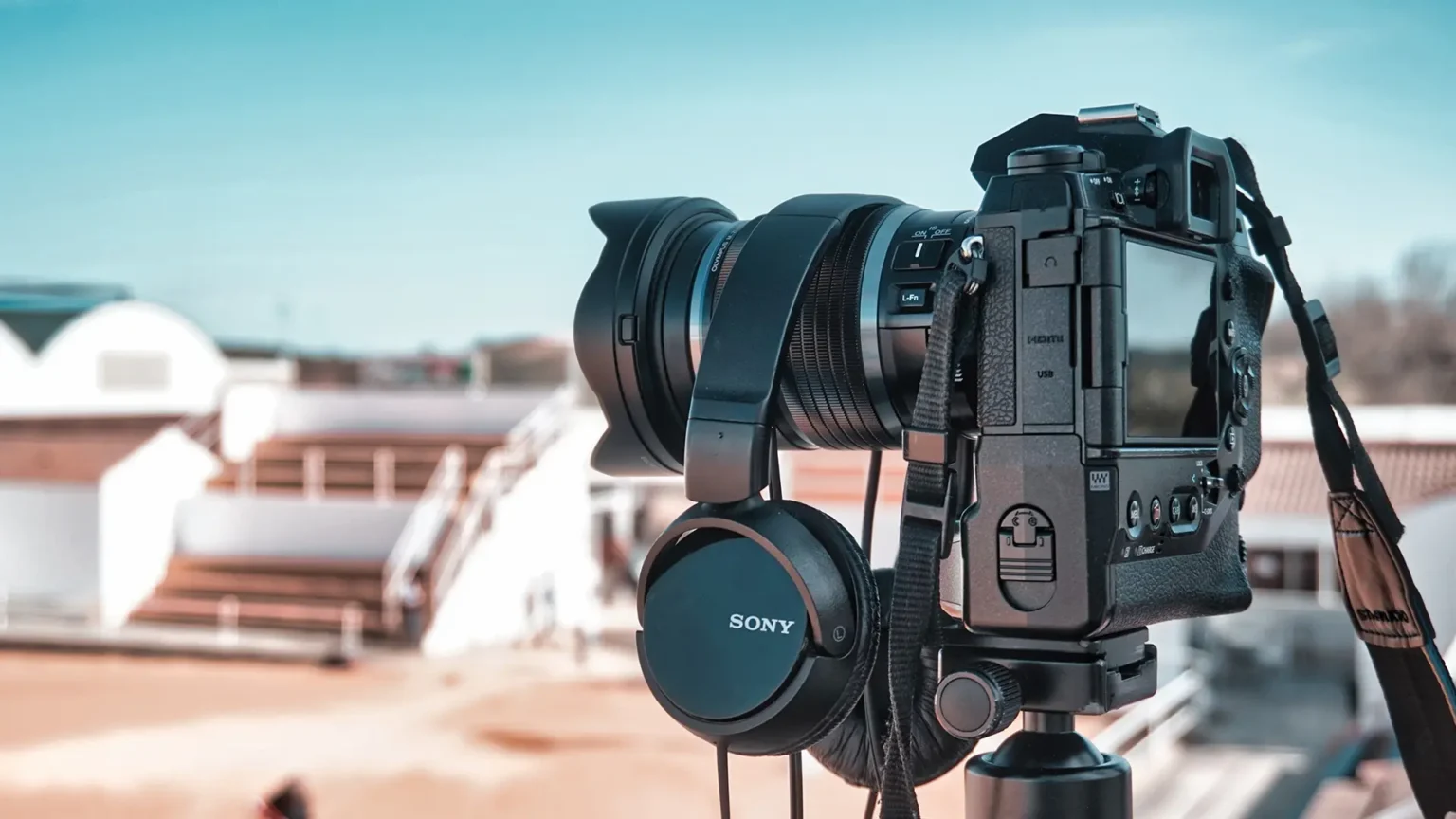Advertising has always evolved with technology, from the earliest print campaigns to the rise of digital and social media platforms. One of the most striking developments in recent years is the widespread use of video display screens. These dynamic, high-definition displays are changing how brands communicate with audiences, providing opportunities for real-time engagement, powerful visuals, and flexible messaging.
Unlike traditional billboards or static posters, video display screens allow advertisers to deliver messages that are vivid, interactive, and adaptable to different audiences and contexts. As technology continues to advance, their role in shaping modern advertising strategies grows even more significant.
The Rise of Digital Out-of-Home Advertising
Out-of-home (OOH) advertising has long been a cornerstone of brand promotion, but static signs are increasingly giving way to digital alternatives. Video display screens are central to this shift, enabling advertisers to showcase multiple messages, schedule campaigns with precision, and even adapt content based on time of day or location. For businesses seeking visibility in crowded markets, it’s never been easier to find LED screens that provide both reach and flexibility. This adaptability makes digital OOH attractive.
A restaurant can advertise breakfast specials in the morning and dinner promotions in the evening, all on the same screen. Retailers can adjust content during seasonal campaigns, while service providers can update offers in real time.
By using digital displays, advertisers maximize the impact of their campaigns while reducing the costs and logistical challenges of constantly replacing printed materials.
Engaging Audiences With Dynamic Content
The strength of video display screens lies in their ability to capture attention. Humans are naturally drawn to movement, color, and light, which means video ads often outperform static formats in terms of engagement. Brands can use video to tell stories, highlight product features, or create immersive experiences that resonate more deeply with viewers.
Dynamic content provides opportunities for creativity. Animations, transitions, and interactive elements can transform simple messages into memorable impressions. In high-traffic areas like shopping malls, airports, or stadiums, these visual displays stand out from the clutter, ensuring that brands connect with audiences in impactful ways.
And in many of these locations, brands are exploring display solutions that adapt to the space itself. Curved installations, column wraps, and sculptural layouts are now possible with modern flexible LED screens, making it easier to deliver dynamic content in areas where traditional flat panels can’t be installed cleanly.
The ability to combine visuals with audio on certain screens opens the door to multisensory advertising. When executed well, these campaigns capture attention and reinforce brand recall, and drive stronger customer responses.
Flexibility and Real-Time Messaging
One of the most significant advantages of video display screens is flexibility. Traditional advertising requires long lead times to design, print, and distribute new creative materials. Digital screens can be updated instantly. This allows businesses to pivot strategies quickly in response to trends, market conditions, or customer needs.
Real-time messaging is particularly powerful for industries that rely on timely communication. Retailers can promote flash sales, transportation hubs can share updates alongside ads, and entertainment venues can highlight live event promotions. This immediacy keeps messaging relevant, which enhances credibility and increases the likelihood of audience engagement.
Campaigns can be tailored to specific demographics or environments. Data-driven advertising allows content to be scheduled based on factors such as local events, audience behavior, or even weather conditions. An outdoor display might feature hot beverage ads on cold days and cold drink promotions during summer.
Expanding Reach Through Strategic Placement
The effectiveness of video display screens depends on where they are placed. Strategic positioning in high-traffic areas maximizes visibility, making it possible to reach thousands of people each day. Urban centers, transit hubs, shopping districts, and entertainment venues are all popular choices because of the large and diverse audiences they attract.
Placement can be used strategically to target specific customer segments. Fitness brands may focus on gyms and sports arenas, while luxury goods advertisers might prefer upscale shopping districts. By aligning placement with audience habits, advertisers increase the relevance and impact of their messages.
Screens are not limited to large outdoor billboards. Smaller digital displays in retail stores, restaurants, or office buildings create opportunities for more personalized and localized campaigns. These micro-targeted strategies complement broader advertising efforts, ensuring that brands maintain visibility at multiple touchpoints.
Measuring Impact and ROI
Unlike traditional advertising, which can be difficult to measure, video display screens often integrate with digital tracking and analytics tools. Advertisers can monitor impressions, dwell times, and engagement rates, gaining clearer insights into campaign performance. This data-driven approach makes it easier to adjust strategies, allocate budgets effectively, and demonstrate return on investment (ROI).
Combining display screens with mobile technologies or QR codes allows advertisers to track how many viewers take direct action, such as visiting a website or redeeming a coupon. These insights bridge the gap between physical and digital advertising, creating more holistic strategies that span multiple channels.
Whether you’re aiming to strengthen brand awareness, drive immediate action, or deliver timely promotions, video display screens provide the platform to do so effectively. With the right placement, creative strategy, and measurement tools, they represent not just the future of advertising, but the present.



